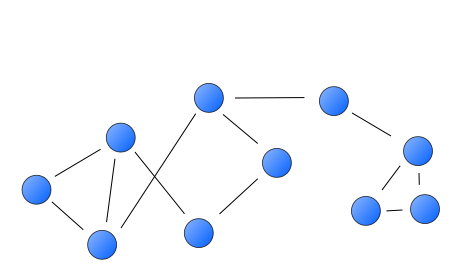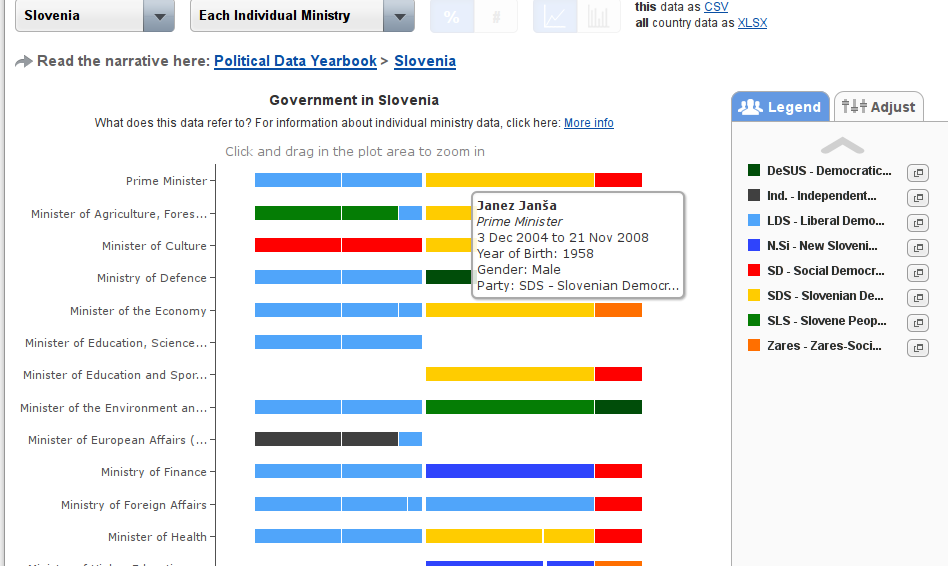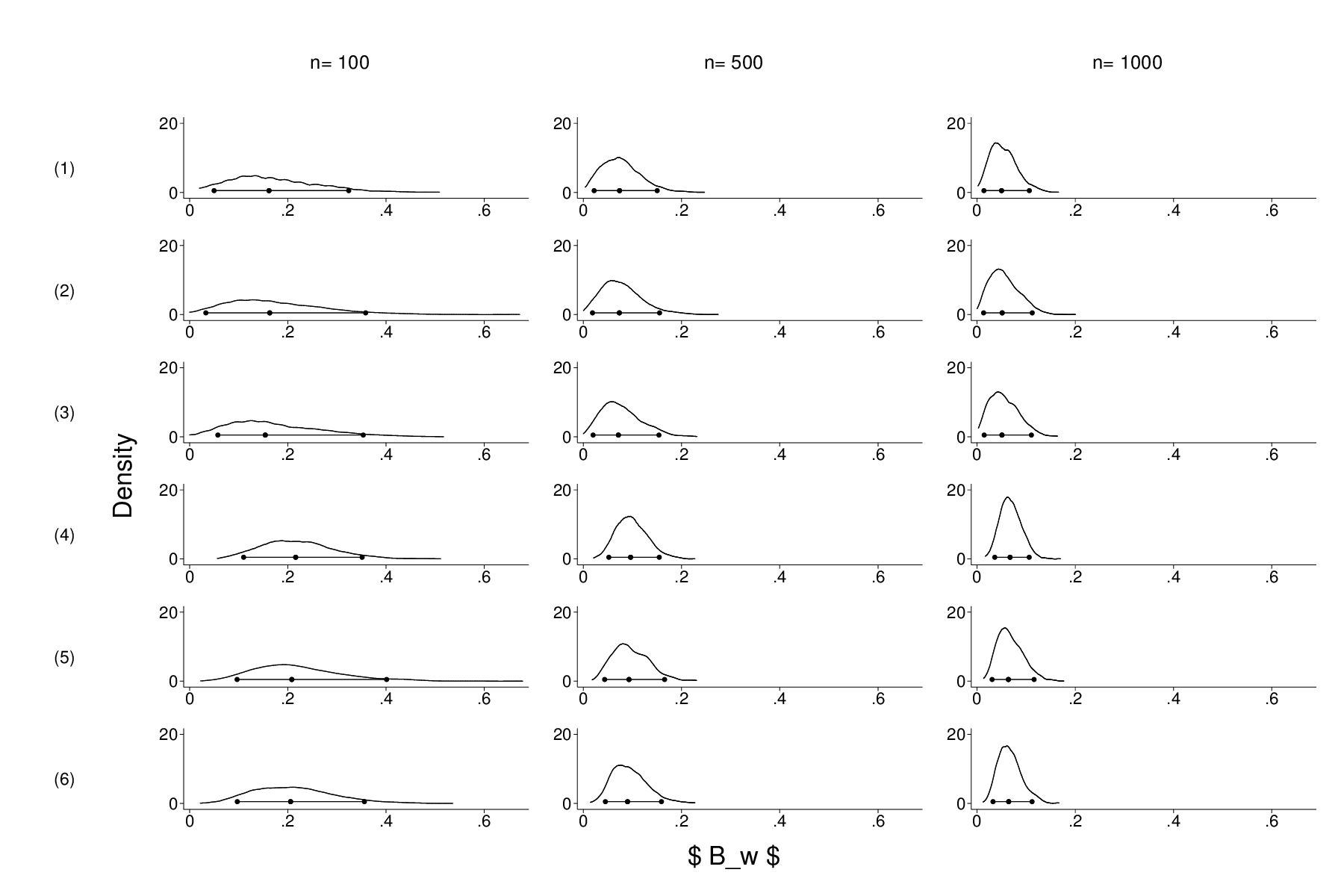Pat Thomson – drawing on work by Noel Gough – likens epistemological positions to crime-novel heroes. Turns out I’m a positivist (or post-positivist? why post-?) Sherlock, though I would rather be a Sam Spade or Philip Marlowe (guess their epistemological vantage point). They are way cooler, and I’d prefer the Bourbon over the morphine. What kind of detective are you?
New Publication: Comment on Knowledge Networks in German Human Geography (in German)
Two years ago, a research paper discovered a tight-knit cluster of researchers that dominate German Human Geography. Harald Schoen and I comment on the paper that rocked German Geography (in German, somewhat unsurprisingly).



